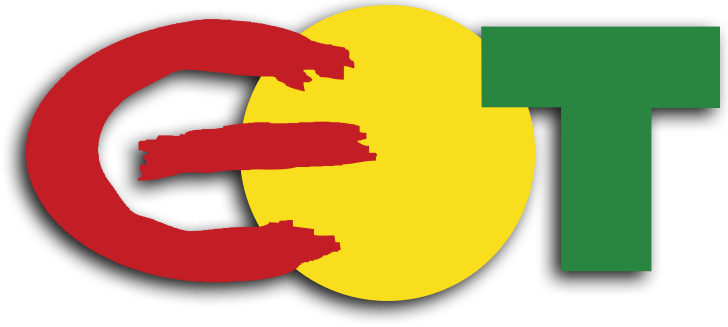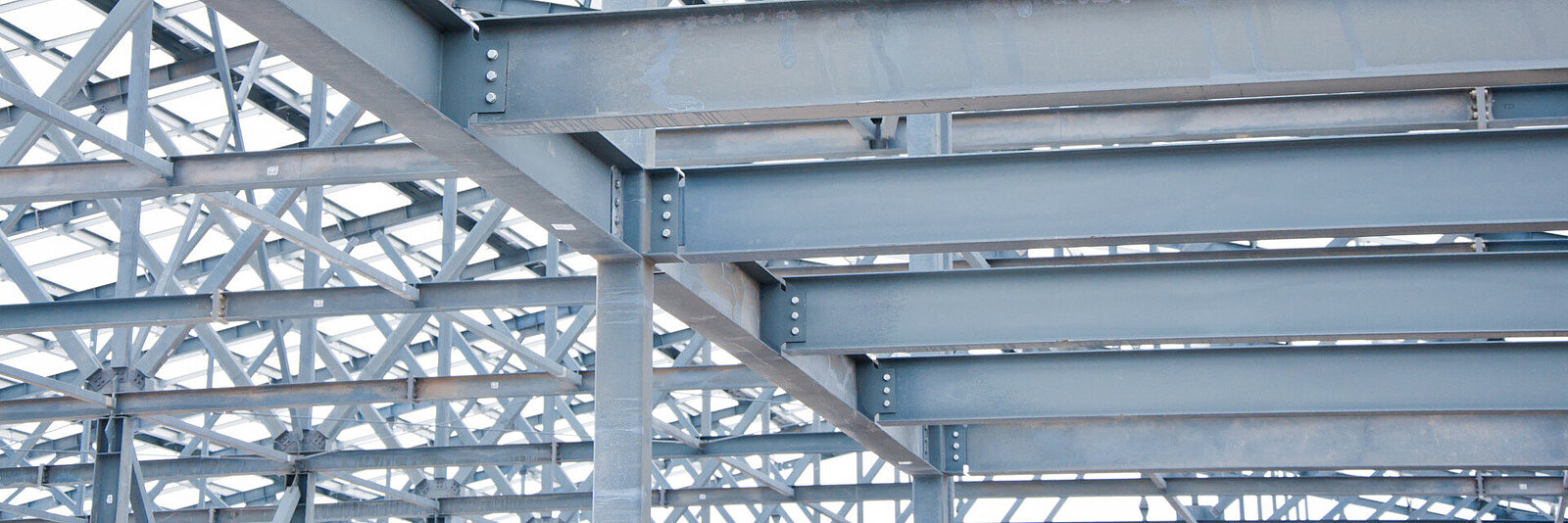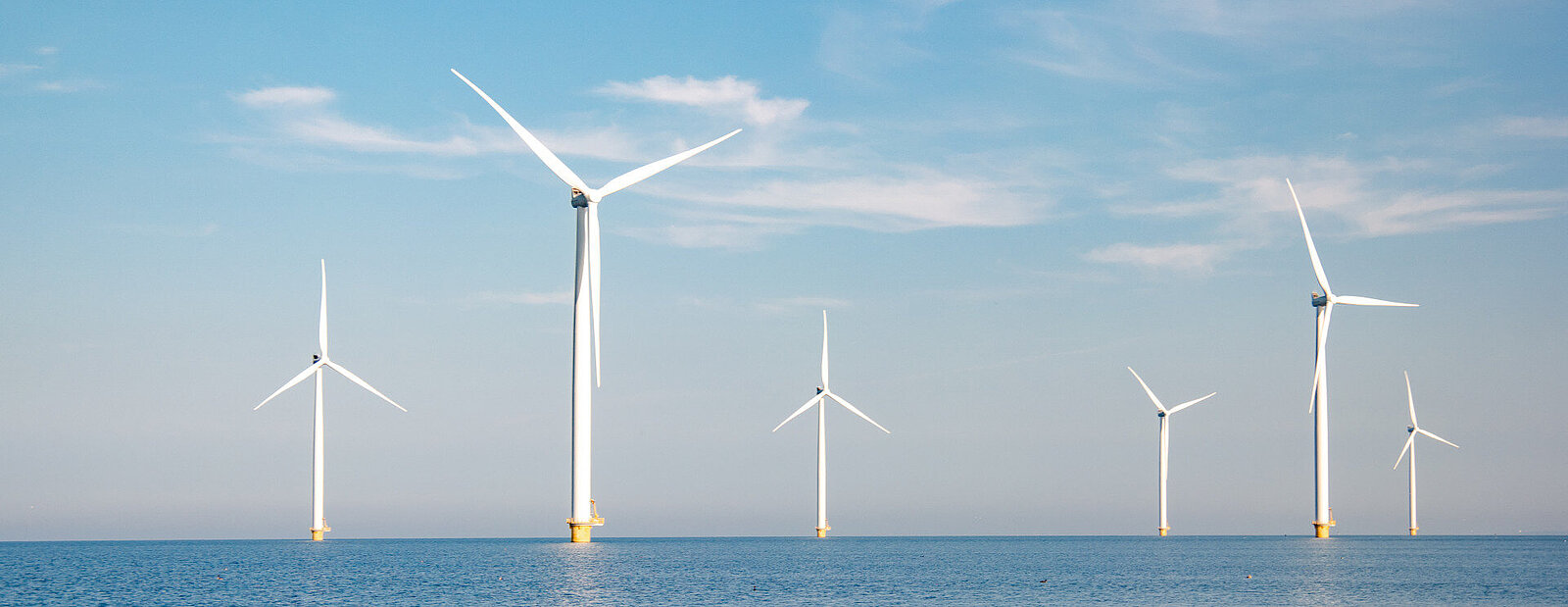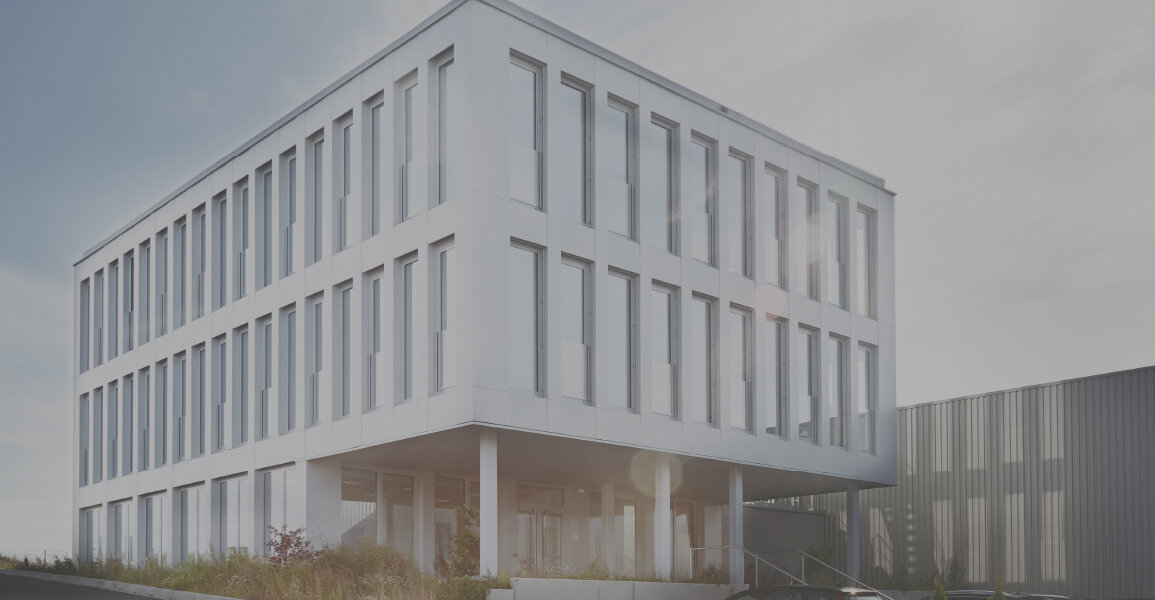Knowledge topic
Corrosion protection classes
Corrosion protection classes according to DIN EN ISO 12944: Corrosion protection for steel construction
It is impossible to imagine the construction industry without steel as a raw material. The material can be used in almost all areas, is available in almost all shapes and is easy to handle on the construction site. If there were not the matter of rust.
Depending on the environmental influence, the actually stable steel becomes brittle and is finally no longer as robust as the builder would like. This is because corrosion gnaws its way through the material over time and removes particle after particle – until the steel girder gives way. When this happens depends on the annual loss of mass of the material: how many grams of steel are degraded per square metre in a year?
Of course, there is no general answer to this question. The environmental impact varies depending on where the steel component is installed. In DIN EN ISO 12944, the requirements of various steel construction environments are therefore strictly divided into categories.
DIN EN ISO 12944: These corrosivity categories exist
DIN EN ISO 12944 provides for a total of six different categories for steel components that come into contact with air. They are sorted in ascending order according to the aggressiveness of the environment:
- C1 (insignificant exposure): Environments in this corrosivity category are the best for steel components. Hardly any material is removed by rust. They are especially found in heated interior rooms without particular condensation, for example in office buildings or shops.
- C2 (low load): Environments in this category still pose only a low challenge. Outdoors, this includes environments with clear air with little contamination; indoors, this includes non-air-conditioned spaces with increased condensation, such as sports halls.
- C3 (moderate exposure): If a steel component is installed in an environment of this category, it is exposed to a moderate risk of rusting - the air is humid or polluted. Outdoors, these conditions are found in industrial areas, for example, and indoors in laundries, for example.
- C4 (heavy load): Steel components in these environments are exposed to heavy loads such as salt or chemicals. Outdoors, for example, this is the case near the coast, indoors, for example, in production areas that work with chemicals.
- C5-I (very heavy load - industrial): This category concerns steel components in industrial environments. They have to withstand high stresses. Components in outdoor areas are exposed to high humidity and contamination, for example in the exhaust air area of industrial plants. Indoor components must withstand constant condensation and aggressive air, as is the case in the immediate vicinity of chemicals, for example.
- C5-M (very heavy exposure - marine influences): This category primarily concerns the offshore sector, for example in wind turbines. The components are exposed to a humid and salty environment.
The corrosion protection classes according to DIN EN ISO 12944 with protection duration
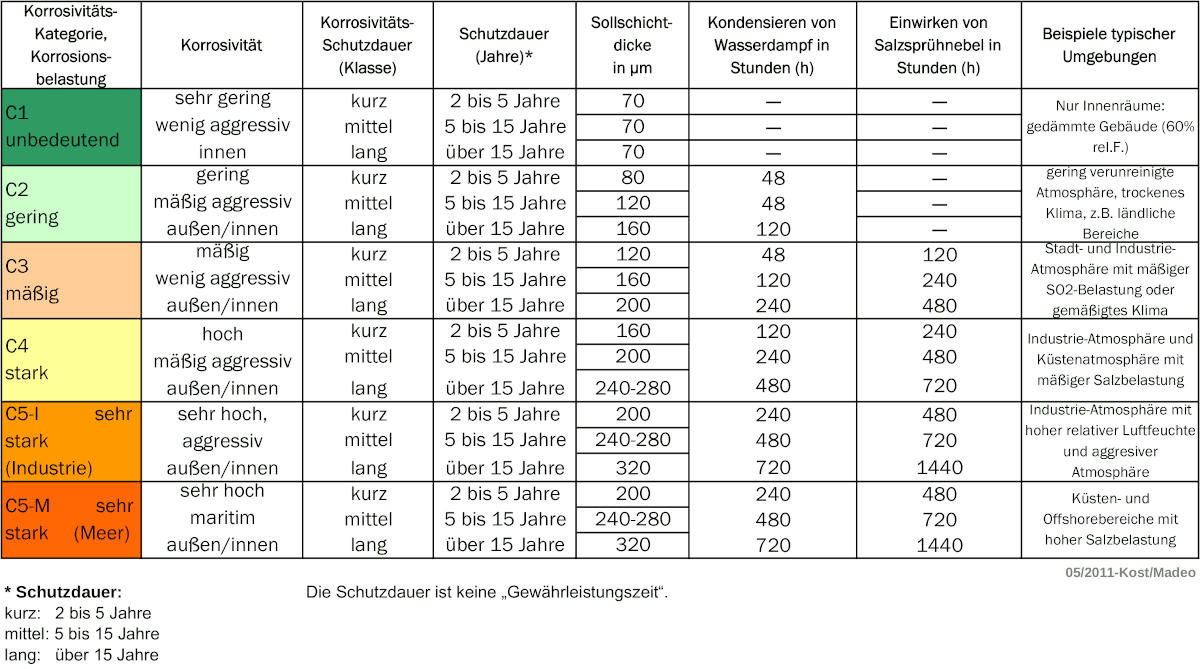
Meeting standards and building safely with microcor
We at EOT GmbH know the requirements of the individual corrosivity categories - and of course have an answer to them: microcor. As a specialist for zinc flakes, we reliably protect every component from rust while maintaining the product's properties. In this way, even complex components and metric threads receive reliable corrosion protection.
Do you have any questions about microcor or are you looking for a solution that meets all your product requirements?
Please contact us!
Eibach Oberflächentechnik GmbH
Golsberger Str. 3
D-58513 Lüdenscheid
+49 2351 9546-0
+49 2351 9546-99
I agree to the processing of my data for the purpose of contacting me.
